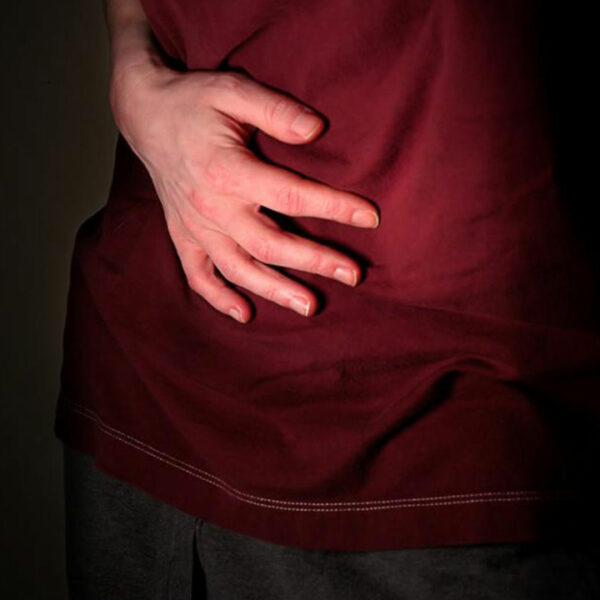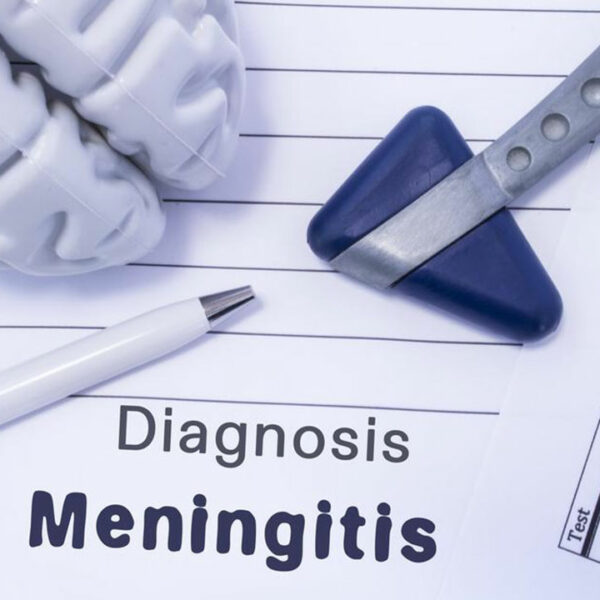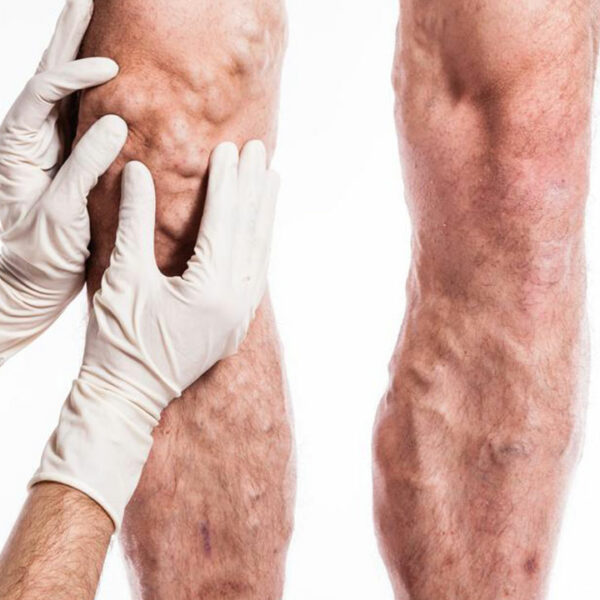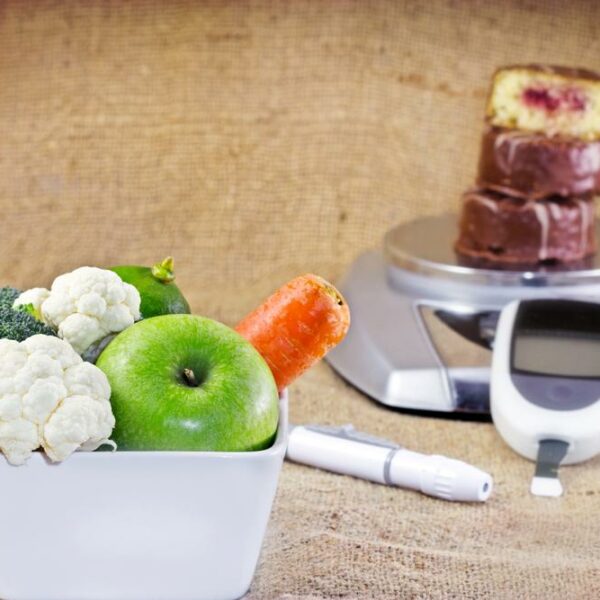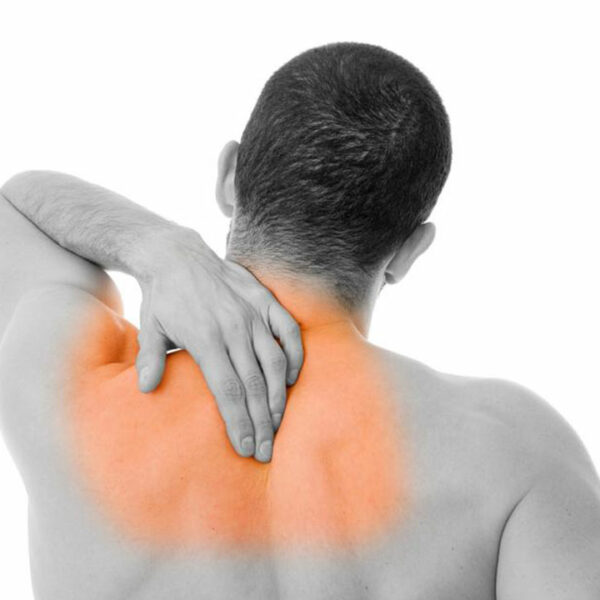
Understanding the Various Causes, Symptoms and Treatments of Shoulder Pain
Your shoulder is a combination of many joints. The joints meet the muscles and tendons of the arm to provide a full range of motion to the arm. The shoulder facilitates thousands of activities in everyday life. These vary from scratching one’s back to bowling, to carrying bags, and even driving. But your shoulder’s mobility may deteriorate over time, leading to issues such as instability & soreness. It may even affect the functioning of the bones or soft tissue in the shoulder, resulting in pain. The pain could be consistent and chronic, or you might feel the pain only when you move the shoulder. If the pain is temporary, it is easy to deal with, but if it lasts for a long time, this may call for medical attention. We need to understand the anatomy of the shoulder to understand shoulder pain in a better way. Anatomy Of The Shoulder The shoulder comprises of three major bones. They are as follows. Humerus, or the upper arm bone Scapula, or the shoulder bone Collarbone, or the Clavicle There is a round socket in the shoulder blade called the glenoid. The top part of the humerus, or the upper arm bone, fits into the glenoid.

